
The Halachot of Tisha B’Av
How can we prepare for the fast, what is permitted and what is prohibited, what do we do when the fast ends?
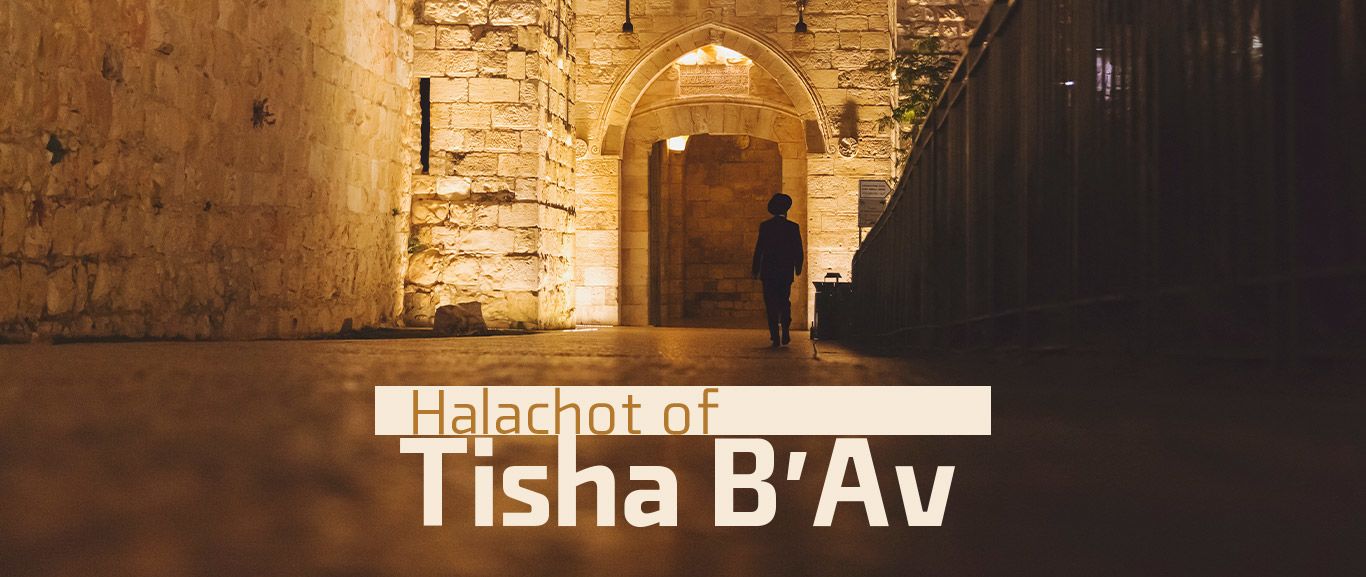
HOW DO WE PREPARE FOR THE FAST?
1) Many have the custom of eating a full meal early in the afternoon, so that they will be properly fortified for the fast.
2) The Seudat Hamafseket (the final meal) is eaten towards the end of the day. This is not a festive meal. Several features distinguish this meal from other meals:
- Only one type of cooked food is eaten.
- Many eat a hard-boiled egg or lentils, which are customary signs of mourning – round foods representing the cycle of life.
- The custom is to eat bread dipped in ashes.
- The custom is to eat the seudat hamafseket while sitting the floor or on a low stool.
- The seudat hamafseket should not be eaten with a group of three or more people.
WHAT IS PROHIBITED ON TISHA B’AV?
1) Eating – It is forbidden to eat from sunset on the eve of Tisha B’Av until nightfall the following day.
- One who is ill must consult a rabbi to ask if he is permitted to fast. If the rabbi says that he must eat, he should only eat that which is necessary and should refrain from delicacies.
- Girls below the age of 12 and boys below the age of 13 are not required to fast.
2) Drinking – It is forbidden to drink or rinse the mouth on Tisha B’Av.
3) Washing – One may not wash for pleasure. It is permitted, however, to wash away dirt.
- Upon rising in the morning and after using the bathroom, one should wash one’s hands, but only up to the knuckles.
- One may wash one’s hands when preparing food.
- One may bathe a baby.
4) Anointing – It is forbidden to anoint with oil, thus the use of perfumes, make-up, suntan lotion, cream, etc., is prohibited.
5) Wearing Leather Shoes – It is forbidden to wear leather shoes. Some people wear only socks, but others wear shoes of canvas or other non-leather materials.
6) Marital Relations – marital relations are forbidden.
7) Studying Torah – Since studying Torah is considered a joyous activity, from noon on the day before Tisha b’Av, only the following select topics of Torah may be studied:
- The third chapter of the Talmudic tractate Moed Katan, which deals with mourning and excommunication, and other parts of the Talmud dealing with the destruction of the Temples.
- The Book of Lamentations (Eicha) and the commentaries on it
- The Book of Job (Iyov)
- Sections from the Book of Jeremiah, (Yirmeyahu) which contain admonition and rebuke
8) Greeting others – We do not greet friends or neighbors. If someone greets us, however, we may respond so as not to embarrass the other person
WE DON’T EAT, WORK OR LEARN TORAH ON TISHA B’AV – WHAT DO WE DO?
1) Until midday, it is customary to sit on the floor or on low stools, as a sign of mourning.
2) On Tisha B’Av night, the regular evening service is recited with the following additions:
- We read Eicha, The Book of Lamentations, which was composed by Yirmiyahu (Jeremiah).
- We recite Kinot, eulogies reflecting the many tragedies.
- We recite V’Atah Kadosh, a prayer of selected biblical verses.
- The synagogue lights are dimmed, or only one small light in the sanctuary is left on.
3) There are several additions to the Tisha B’Av morning service:
- Devarim 1:25-40 is read from the Torah scroll, followed by a Haftorah (prophetic message) from the Book of Yirmiyahu.
- The Tallit (prayer shawl) and Tefillin (phylacteries) are not worn until after noon, since they are symbolic of glory.
4) The afternoon service has the following additions:
- Shemot 32:11-14 is read from the Torah scroll, followed by Yeshayahu (Isaiah) 55-56, from the prophets.
- Tallit and Tefillin are worn, since they were not worn in the morning.
- The Nachem and Aneinu prayers are inserted into the silent Amidah.
WHAT DO WE DO WHEN THE FAST IS OVER?
We recite Kiddush Levana (Sanctification of the Moon).
It is customary to continue to refrain from meat, wine, pleasure bathing, and cutting hair until midday on the Tenth of Av (the following day, around noon), since the Temple continued to burn until that afternoon.
Watch a 15-minute video by Rabbi Cohen who explains the halachot of Tisha B’Av and the following day.
“


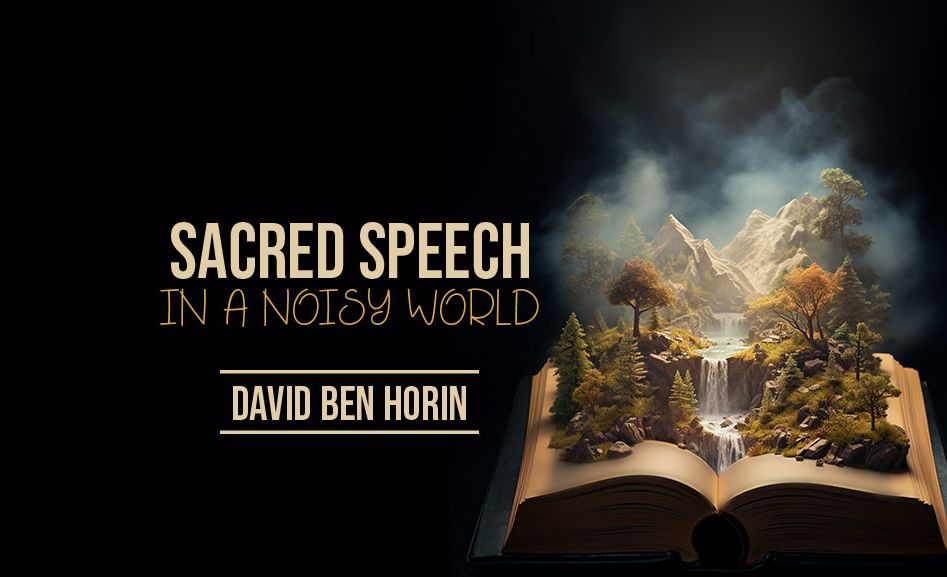
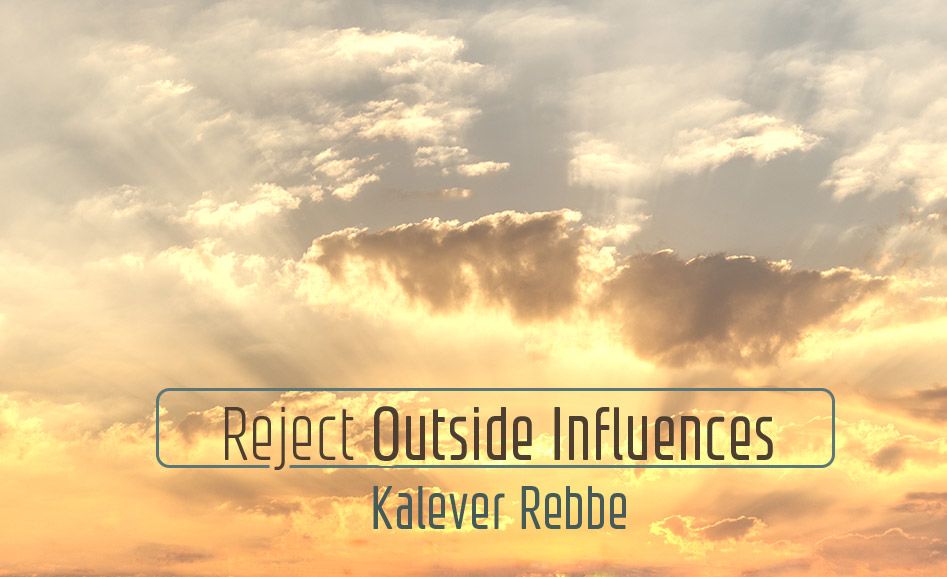
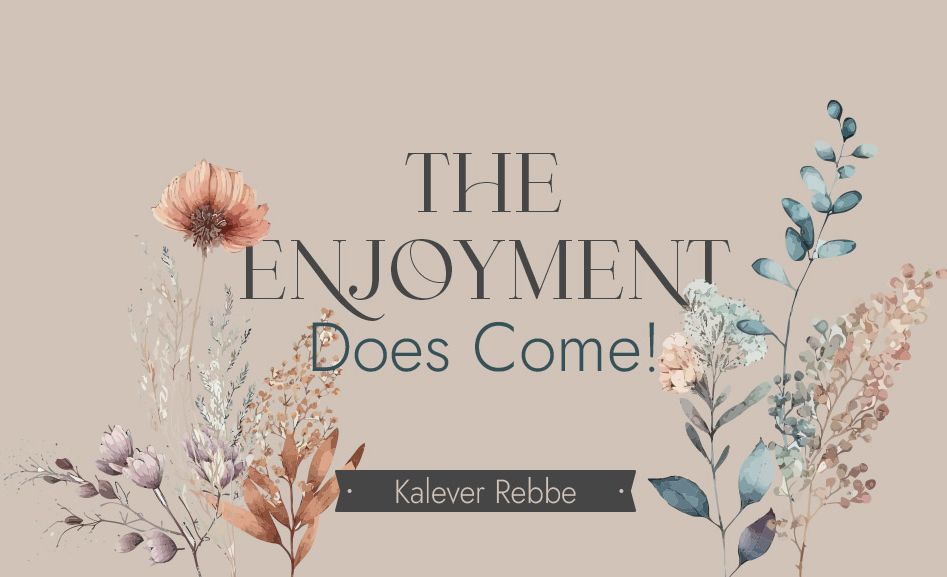
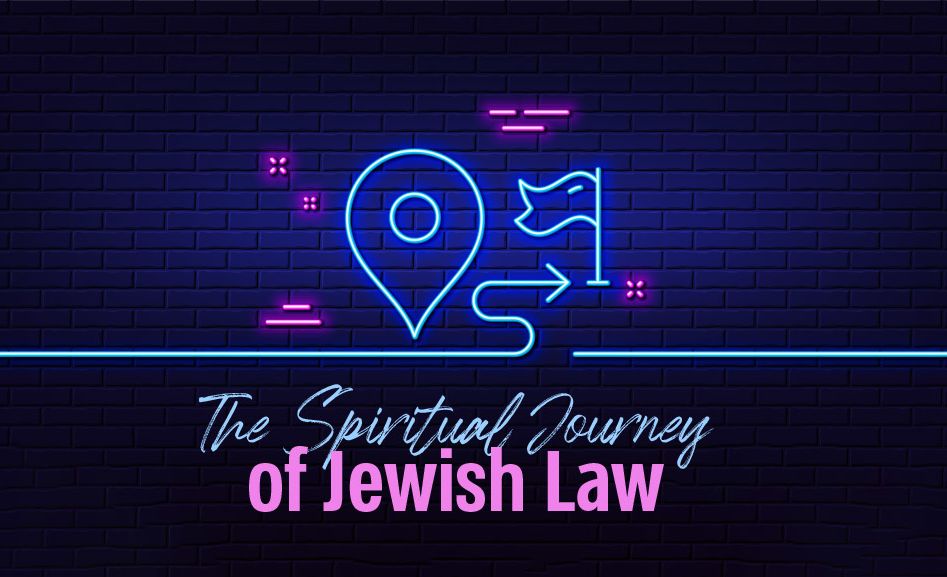
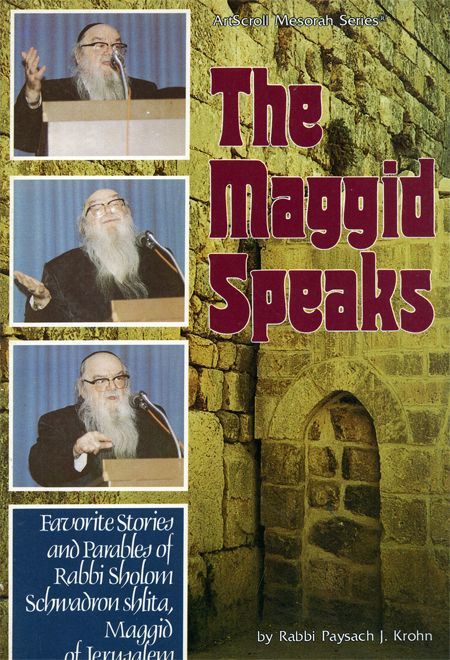
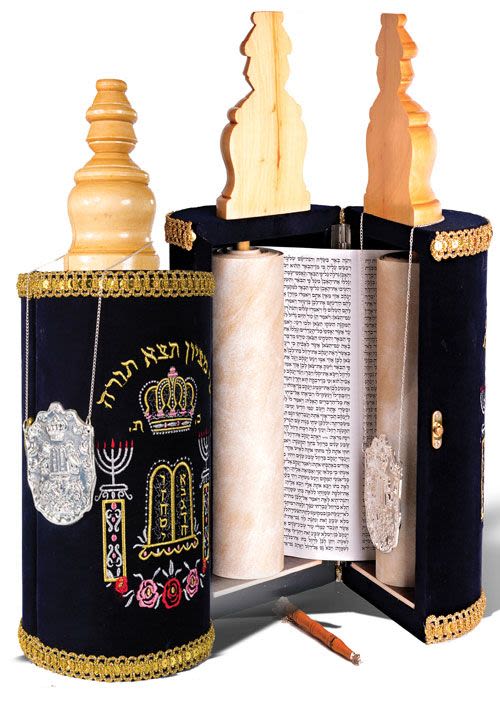

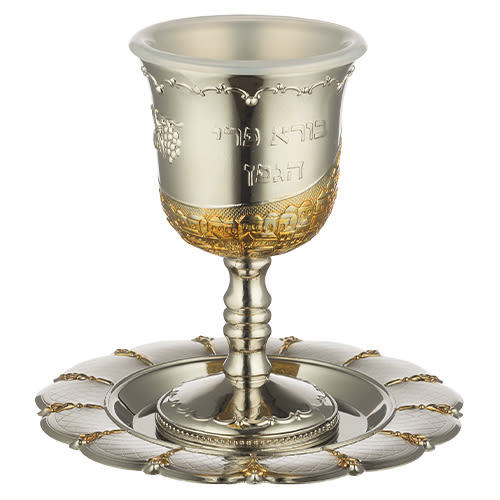
Tell us what you think!
Thank you for your comment!
It will be published after approval by the Editor.